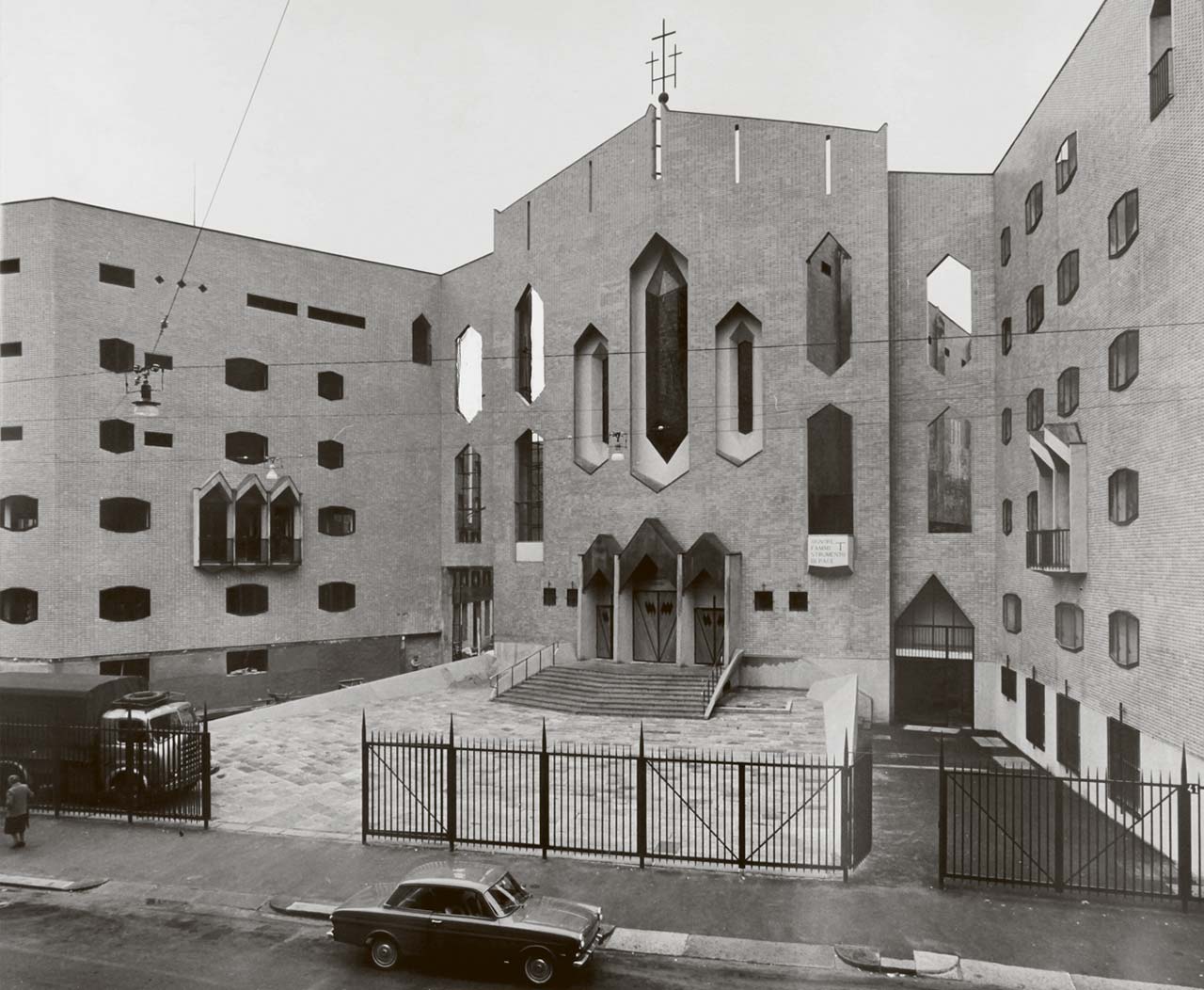Gio Ponti begins his profession with Emilio Lancia, exhibiting an elegant Novecento style. His Palazzo Montecatini in Milan (1936) brings him closer to Rationalism and introduces many technological innovations in Italy for the first time. In the 1950s, he develops a free, personal style that eschews square corners, searching for highly expressive chromatic and luminous effects, such as the Villa Planchart a Caracas (1954).


He teaches at the Milan Polytechnic from 1936 to 1961, where he graduated in 1920. In 1928 he founds Domus, a magazine he uses to introduce international design culture to Italy.


From the very beginning of his career, Ponti devotes himself to industrial products, first as the artistic director of Richard-Ginori, and then through a vast repertoire of designs: furniture, lamps, bathroom fixtures, textiles, and ceramics.









